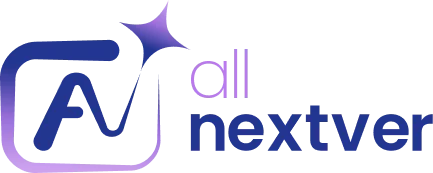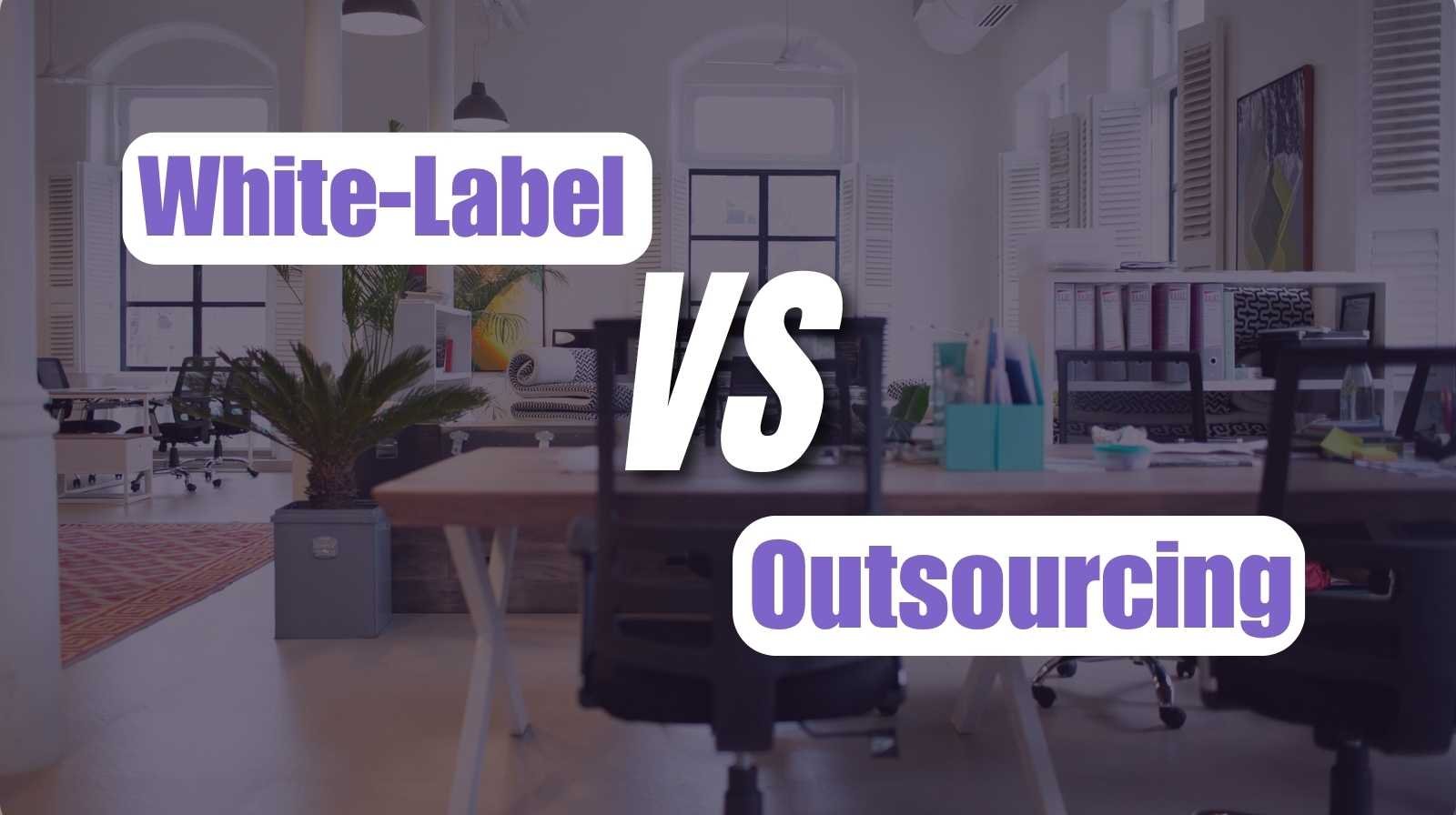Running a digital marketing agency is exciting, but it comes with a big challenge scaling without losing quality or client trust. Many agencies struggle with:
- ❌ Clients expecting “full-service” when you only specialize in one area
- ❌ High costs of hiring and training in-house staff
- ❌ Inconsistent results when relying on freelancers
That’s where two popular solutions enter the picture: white-label partnerships and outsourcing. Both can help you grow, but they’re not the same. Choosing the wrong model could mean unhappy clients, wasted money, and a damaged brand.
This guide will help you understand the difference and decide which fits your agency best in 2025.
What is White-Label Marketing?
White-label services allow you to deliver more under your agency’s name. For example, a white-label SEO provider does the work keyword research, backlinks, content but everything is branded with your logo and reporting style.
✅ Pros of White-Label
- Seamless client experience under your brand
- Access to specialized skills without in-house hiring
- Scalable and consistent delivery
❌ Cons of White-Label
- Long-term partnerships can feel less flexible
- You depend on the partner’s data security & processes
What is Outsourcing?
Outsourcing is when you hire freelancers or external providers to complete tasks, often as one-off projects. In 2025, outsourcing has expanded to include AI-assisted freelancers, micro-agencies, and gig-economy experts.
✅ Pros of Outsourcing
- Cost-effective for short-term or experimental projects
- Flexible you can hire for niche skills like:
- AI video ads
- Voice search optimization
- Web3/AR/VR branding
- Quick way to test services before committing
❌ Cons of Outsourcing
- Quality can vary widely between providers
- Harder to ensure consistent branding
- Communication issues can delay results
Key Pain Points Agencies Face (and How Each Model Solves Them)
1. Clients Expect a Full-Service Agency
- Pain Point: You risk losing clients if you can’t offer multiple services.
- Best Fit: White-label → keeps everything branded under your agency.
2. Need for Flexibility Without Contracts
- Pain Point: You can’t commit to new services long-term.
- Best Fit: Outsourcing → hire specialists on demand.
3. Maintaining Quality & Client Trust
- Pain Point: Clients notice inconsistency and delays.
- Best Fit: White-label → integrated reporting & predictable delivery.
The 2025 Shift: AI, Automation & Compliance
In 2025, agency growth isn’t just about cost it’s about future readiness.
- White-label partners now integrate with AI dashboards, automation tools, and Client Experience Platforms (CXP).
- Outsourcing gives you access to emerging skills like AR ads, TikTok creatives, and hyperlocal content.
- Compliance is criticalCPRA 2025 updates mean your partners must handle data privacy responsibly.
Which Model Should You Choose?
- ✅ White-Label → Best for agencies focused on scaling long-term, delivering consistent branding, and building client trust.
- ✅ Outsourcing → Best for flexibility, testing new services, or cost-sensitive projects.
- ✅ Hybrid Model → Many successful agencies combine both:
- White-label for core recurring services (SEO, PPC, web design, reputation management).
- Outsourcing for innovation (AI campaigns, AR/VR, experimental platforms).
Final Thoughts
The question isn’t just “Which is cheaper?” it’s “Which protects my brand and builds client trust?”
- If you want to be seen as a future-ready, full-service agency, white-label is your foundation.
- If you’re testing new ideas or working on tight budgets, outsourcing gives you flexibility.
- The winning approach in 2025 is a strategic mix of both models.
👉 At All Next Ver , we help agencies like yours scale faster with future-ready white-label solutions. From AI-powered SEO to multi-channel PPC and hyperlocal strategies, we deliver results that keep your clients happy and your brand strong.



